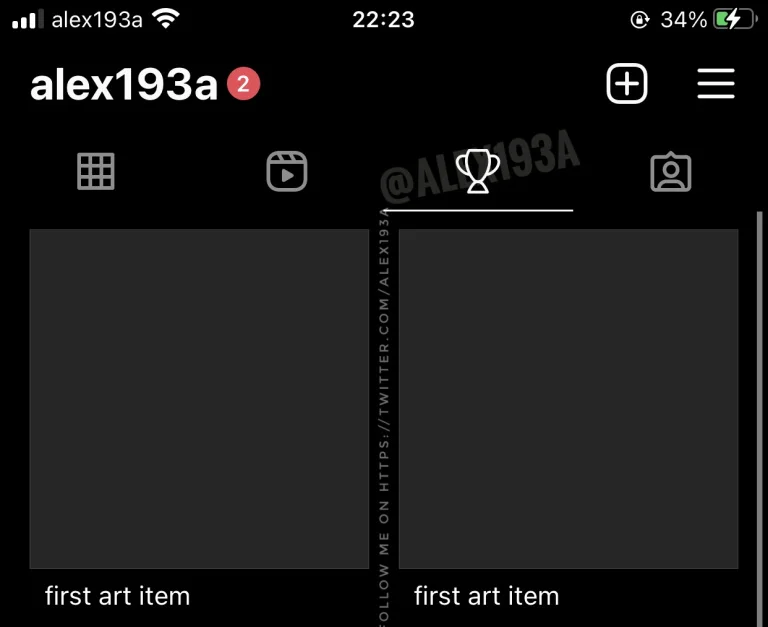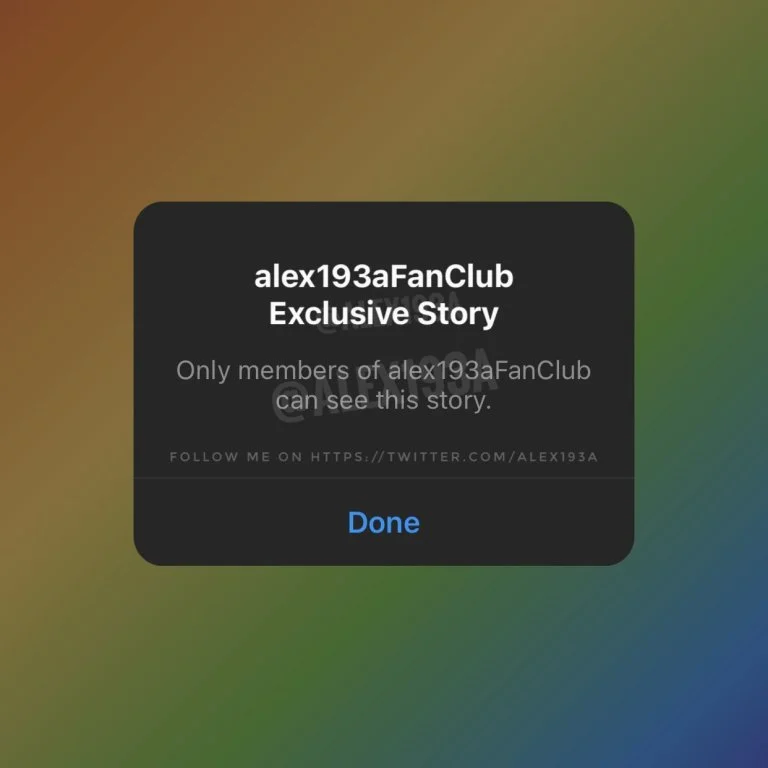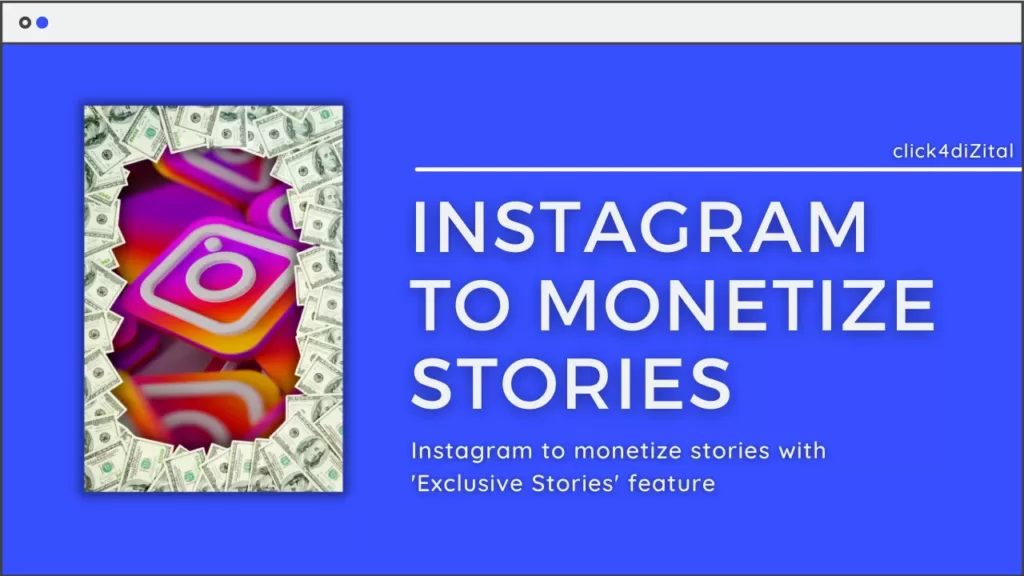Instagram is working on its own version of Twitter’s Super Follow feature, which would allow online producers to post “exclusive” content to their Instagram Stories that would be viewable only to their admirers if they paid a membership fee.
Instagram said that the screenshots of the feature that have been circulating on social media are from an internal prototype that is currently under development but not being tested publicly. The corporation declined to provide any precise details regarding its plans, stating that they are not in a position to discuss the project at this time.

However, the screenshots reveal a lot about Instagram’s thinking, as they indicate a means for creators to submit “Exclusive Stories” to their accounts, which are labeled with a different hue (currently purple). When other Instagram users stumble across the Exclusive Stories, they’ll see a notification that says “only members” are allowed to see the content. It appears that the Stories can’t be screenshotted, but they may be shared as Highlights. A new prompt instructs writers to “save this to a Highlight for your Fans,” saying that doing so will ensure that “fans always have something to view when they join.”
Alessandro Paluzzi, a reverse engineer who frequently discovers unpublished features in the coding of mobile apps, discovered the Exclusive Stories feature. He’s been posting screenshots of his results to an ongoing Twitter discussion over the past week.

Instagram’s bigger aspirations for enhanced creative monetization capabilities include Exclusive Stories.
Instagram’s efforts in this area have been incrementally revealed, with Instagram CEO Adam Mosseri first telling The Information in May that the firm was “exploring” subscriptions as well as other new features like NFTs.
Paluzzi recently discovered references to the NFT feature Collectibles, which demonstrates how digital collectibles can appear in a new tab on a creator’s Instagram profile.
Instagram hasn’t made a public announcement about these specific product advancements yet, opting instead to talk about its goals for subscriptions and recommendations at a high level.
For example, at Instagram’s Creator Week in early June — an event that should have been a perfect opportunity to reveal some of these concepts — Mosseri spoke more broadly about the types of creator tools Instagram was interested in developing, without specifying which were currently in development.

“We need to create a whole suite of things or tools, that creators can use to help do what they do if we want to be the best platform for creators long term,” he said, adding that Instagram was also working on more creative tools and safety features, as well as tools that could help creators make a living.
“I think it’s critical that we build a full suite of tools,” he added, “because what you might use and what’s meaningful for you as a creator might be very different from what’s relevant for an athlete or a writer.”
“As a result, [creative monetization techniques] primarily fall into three groups. One is commerce, which entails “doing more to assist with branded content; doing more with affiliate marketing…doing more with merch,” he stated. “The second is ways for users to directly pay authors – whether through gated content, subscriptions, tips, badges, or other forms of user payment. There’s a lot to do there, in my opinion. I like them because they allow creators to have direct contact with their audience, which I believe is more sustainable and predictable in the long run,” Mosseri added.
He stated that the third sector is focused on revenue share, similar to IGTV long-form video and short-form video, such as Reels.
Instagram isn’t the only major social media network pursuing creator monetization.
As the creative economy has grown more established, the membership model, popularised by platforms like OnlyFans and Patreon, has recently made its way to a number of prominent social networks.
Twitter, for example, initially revealed its plans for the Super Follow feature during an Analyst Day event in February, announcing its own take on creator subscriptions. It started rolling out Super Follows and Ticketed Spaces apps last week, the latter of which is a competitor to Clubhouse’s audio social networking rooms.

Meanwhile, Facebook just introduced Bulletin, a competitor to Substack’s newsletter, which allows authors to sell premium subscriptions and join member-only groups and live audio rooms. Even Spotify has established Greenroom, an audio chat room and Clubhouse competitor that it wants to commercialize in the future.
Though the new screenshots go for a more detailed glimpse into Instagram’s product intentions on this front, we should note that an in-development feature is not necessarily reflective of how a feature will look or operate when it is released.
It’s also not a guarantee of a public launch — though, given Instagram’s broader goal in serving artists, where such a feature is practically part of a core offering, it’s hard to see it abandoning its aspirations for exclusive, member-only material.
